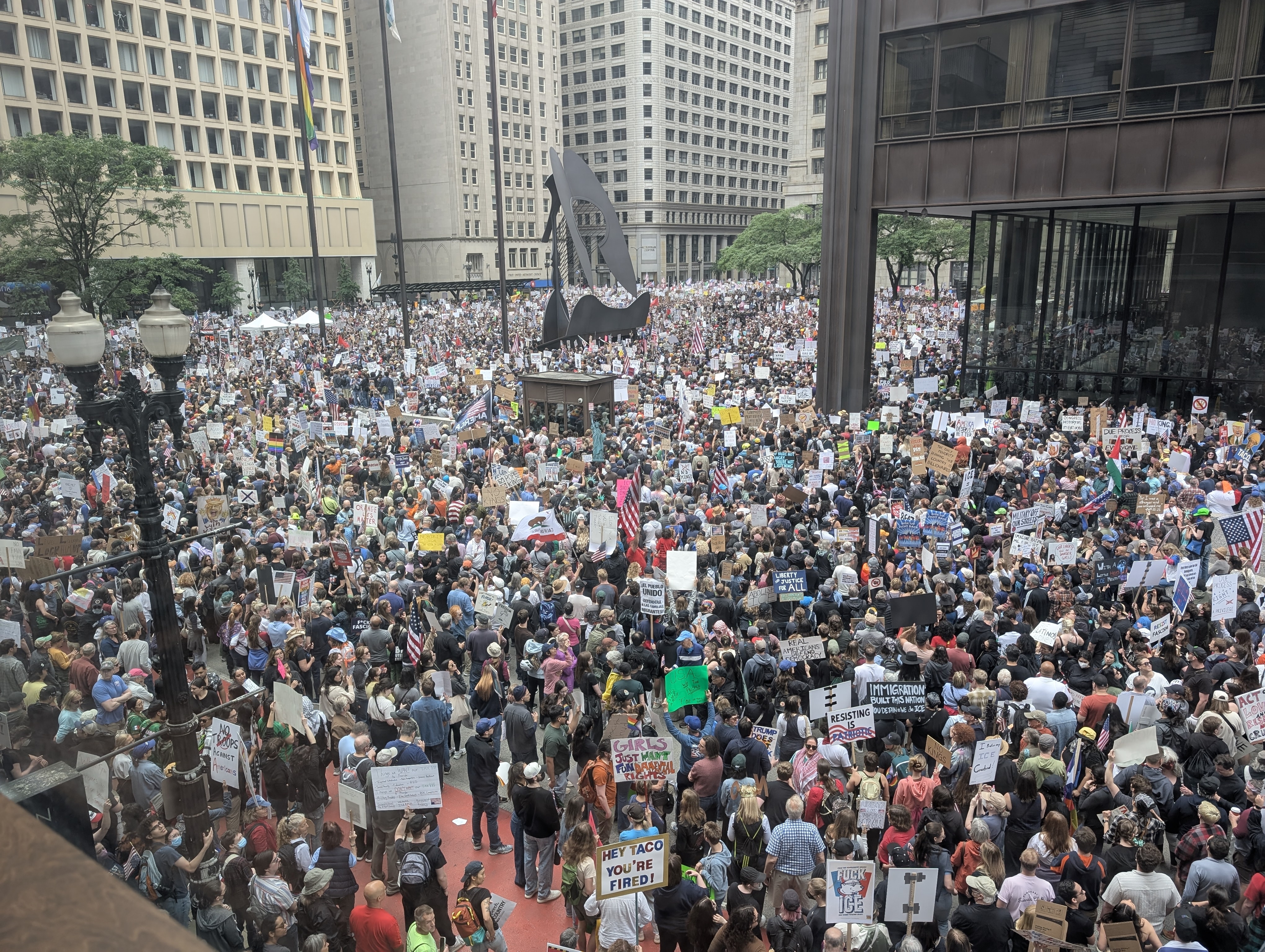A new COVID variant "growing rapidly" in parts of the world has now been detected in the U.S.
The new variant, NB.1.8.1, has been labeled a "variant under monitoring" by the World Health Organization, which said the variant is spreading at a much faster rate than other currently circulating COVID variants.
Stream NBC 5 for free, 24/7, wherever you are.
The variant has been reported in at least 22 countries so far, representing more than 10% of cases globally, data from May 18 shows, according to WHO.
"While still low numbers, this is a significant rise in prevalence from 2.5% four weeks prior," the WHO stated.
Meanwhile, the U.S. Centers for Disease Control and Prevention confirmed to NBC News there have been fewer than 20 confirmed cases of the variant reported in the U.S. to date.
Here's what to know:
What is the NB.1.8.1 variant?
Local
NB.1.8.1 is the latest COVID variant discovered, with rates of infection outpacing the current dominant variant across the globe, LP.8.1.
The variant, though "growing rapidly" and leading to an increase in hospitalizations in some regions, does not appear to cause more severe illness, according to the WHO, citing data from countries with the highest growing numbers.
Feeling out of the loop? We'll catch you up on the news you need to know with the Chicago Catch-Up newsletter.
"While there are reported increases in cases and hospitalizations in some of the [Western Pacific Region] countries, which has the highest proportion of NB.1.8.1, there are no reports to suggest that the associated disease severity is higher as compared to other circulating variants," WHO said in a release.
The variant is currently "under monitoring" by the WHO, meaning it "may require prioritized attention and monitoring."
Infectious disease doctors told NBC News the variant could potentially lead to a small surge in the U.S., considering the region hasn’t seen a wave in some time and less than a quarter of adults have received the latest booster.
“It may unfortunately come back with a little bit of vengeance on us. Let’s hope that doesn’t happen, but I am concerned that we may be setting ourselves up for that with this combination of factors,” said Dr. Thomas Russo, chief of infectious diseases at the University at Buffalo Jacobs School of Medicine and Biomedical Sciences.
Where has NB.1.8.1 been detected?
According to WHO, cases have been increasing in three of its regions consistently tracking COVID sequences. That includes the Region of the Americas, Western Pacific and European regions. The South East Asia region also detected cases, but none have been reported so far in the African and Eastern Mediterranean regions.
The variant is currently dominant in China.
It's not clear where exactly in the U.S. cases have been reported so far, but the numbers remain too low to be entered onto the CDC's tracking website.
The Cleveland Clinic confirmed it detected the variant at a "low frequency" of 4% in northeast Ohio.
NBC News reported the the Arizona Department of Health Services said it identified three samples of the variant in late April and early May and cases have also been detected in Rhode Island.
What are the symptoms?
It's not clear if the new variant will bring with it a change in symptoms.
As of now, the main symptoms for COVID remain the same, according to the CDC:
- Cough
- Sore throat
- Runny nose
- Sneezing
- Fatigue
- Headache
- Muscle aches
- Altered sense of smell
- Congestion
- Fever or chills
- Shortness of breath or difficulty breathing
- Nausea or vomiting
- Diarrhea
What about vaccines?
Dr. Scott Roberts, associate medical director of infection prevention at the Yale School of Medicine, told NBC News the variant is a cousin of the JN.1 COVID variant, and current vaccines should offer some protection, but what remains unclear is who will be eligible for booster shots.
U.S. Health Secretary Robert F. Kennedy Jr. recently announced that COVID-19 vaccines will no longer be recommended for healthy children and pregnant women. Still, the nation's top public health agency posted new recommendations, with the updated guidance saying shots “may” be given to those groups.
“The announcement from earlier this week sounded like CDC was going to fully withdraw any statement that could be construed as a recommendation for these vaccines in these populations,” said Jason Schwartz, a Yale University health policy researcher. “It's not as bad as it could have been."
On Thursday, the CDC updated its website. The agency said that shots may be given to children ages 6 months to 17 years who do not have moderate or severe problems with their immune systems. Instead of recommending the shots, the CDC now says parents may decide to get their children vaccinated in consultation with a doctor.
A subtle update to a CDC page on the adult immunization schedule indicated a similar change for the recommendation for pregnant women, excluding them from the routine recommendation made for other adults.
“The old COVID-19 vaccine recommendations for healthy children under 18 and for pregnant women have been removed from the CDC vaccine schedule,” a HHS spokesperson said in a statement. “The CDC and HHS encourage individuals to talk with their healthcare provider about any personal medical decision."
That kind of recommendation, known as shared decision-making, still means health insurers must pay for the vaccinations, according to the CDC. However, experts say vaccination rates tend to be lower when health authorities use that language and doctors are less emphatic with patients about getting shots.
As the COVID-19 pandemic has waned, experts have discussed the possibility of focusing vaccination efforts on people 65 and older — who are among those most at risk for death and hospitalization.
A CDC advisory panel is set to meet in June to make recommendations about the fall shots. Among its options are suggesting shots for high-risk groups but still giving lower-risk people the choice to get vaccinated. A committee work group has endorsed the idea.



